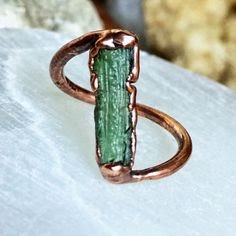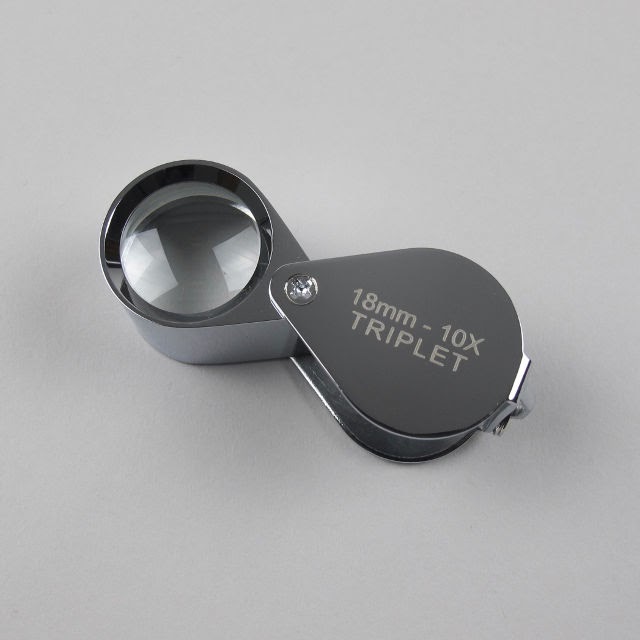Gemstone and Jewelry Terminology
J4669 | right | medium | play | “A Ruby Cabochon Ring – Jewelry ID : J4669” There are a number of specific terms to be understood when discussing gems and jewelry. From the cuts, to the tools, and even the setting all have distinct terms. The better you understand these terms, the easier it is to understand what you are buying.
Cutting & Polishing
Cutting is a bit of a misnomer when discussing gem faceting, since gems are placed on a wheel by a lapidary and then ground into shape with diamond dust. Both curved and faceted shapes are possible, as well as more complicated carving techniques. There are various grades of gems for these different techniques.
Faceting
There are as many different styles of faceting as there are clouds in the sky. Which ones look best for certain gems is a separate story. Most gem cuts were designed for diamonds, with diamonds making up more than half the gem industry. The diagram below shows an assortment of cuts.

- 1 and 4 are top and profile diagrams for an earlier form of the round-brilliant cut.
- 2 is an oval cut.
- Cuts 3 and 6 are top and profile diagrams of a “rose” cut, similar to the cabochon cut 12. The cut is raised and has a flat bottom.
- 5 is a cushion cut.
- 8 is more of a teardrop than a pear shape due to how the point curves, but still qualifies as a pear shape.
- 9 is what is referred to as a “baguette” cut, which is still widely used for side-stones today.
- 7 is an emerald cut, which is derived from the shape of the baguette cut. The only significant difference between the two is that the emerald cut has its corners cut off. This cut was developed as a gentler faceting technique for emeralds.
- 10, 11, and 12 are all examples of cabochon cuts. So long as there is a domed surface, a gem qualifies as a cabochon cut.
Cutting for Phenomena
Rubies are capable of producing a phenomena known as asterism. This produces a 6 ray star that moves depending on the light source, and is only visible when the gem is cut as a cabochon with the curved surface. The phenomena is caused by a specific type of needle-thin inclusions arranged in three directions. They are a specific form of rutile needles, very popularly known as silk.
Cutting for this type of phenomena is one of, if the not the most difficult feature a lapidary can make. This is partially due to nature, since the needles do not always form in the best way to show off the phenomena. Even when they do form well, the gem usually has a trade-off for a strong star or strong color. Very few star rubies will show both.
Individual Facets
The individual facets of a gemstone all have their own name, but there are notable differences between diamonds and emeralds. These differences also apply to diamonds and other colored gems too.

Round Brilliant Diamond Cut
R6660 | medium | play
Ruby ID: R6660 – Weight: 1.25 Carats – Origin: Madagascar
Most cuts are designed for diamonds, not colored gems. The diagram above is noted as being for a diamond cut. The main difference between a typical diamond cut and colored gemstone cut is that the pavilion of a colored gemstone is typically done with a type of modified step cut. This is because colored gems do not receive the brilliance from the cut the way diamonds do, and these step cuts conserve the carat weight of the gem instead.
Brilliance
Brilliance is the number one consideration when a lapidary facets a gemstone. Brilliance comes from light passing through a gemstone and reflecting back to the viewer. It’s the shiny, colorful light gemstones produce, essentially the gem’s color.
Things a lapidary wants to avoid in a gem is windowing and extinction. Windowing means the viewer can see straight through the gem, and extinction refers to the black areas where the light does not return to the viewer. These factors in combination with brilliance are directly influenced by the cut. Ideally the viewer wants 100% brilliance and 0% extinction and windowing, but this is impossible to achieve even with a perfect cut. The very best brilliance typically expected in colored gems is 75%.
Types of Settings
There are many, many types of settings, and a few different methods of making them too. There are also designer settings that do not fit into existing categories.
A Bezel setting is when the setting is wrapped around the gemstone completely, this is called a bezel setting. Not to be confused with a gypsy or flush setting where the gem is physically embedded in the metal.
Flush Setting

Bezel Setting
J8098 | medium | play | “Ruby Jewelry ID: J8098”
Prong settings are very common, and very simple. All that holds the gem in its setting is a set of prongs. A pave setting is not a specific type of setting, but a broad category consisting of any jewelry made with numerous small gems. By definition a halo setting with lots of small gems around a center gem is also a pave setting.
Prong Setting
J8056 | medium | play | “Ruby Jewelry ID: J8056”
Pave Setting
J8358 | medium | play | “Ruby Jewelry ID: J8358”
A channel setting is when gems are placed in a grooved channel so there are no visible borders between gems. Invisible settings are similar, but have the gems suspended on a framework that remains invisible from the top of the setting. They are also very intricate and complicated to make for this reason. Last of the more common settings is the tension setting. As the name implies, the gem is held in place by tension.
Channel Set Rubies
J8369 | medium | play | “Ruby Jewelry ID: J8369”
Tension Setting

Jewelry Manufacturing

Precious metals are made into jewelry by employing four common methods: die striking, wax casting, electroforming, and hand fabrication. Like how settings are not necessarily restricted to one group and can encompass different labels. Jewelry designers and setters often use different methods of manufacturing in order to complete their designs.
An old and durable method of jewelry manufacturing is die striking. This process is quick, cost effective, and produces durable settings. This makes them popular for prong settings since the prongs can be small and delicate. There are two main components to this process, a mold and a die. After being fed a metal “blank” for the setting, the die strikes the blank into the mold and makes the setting.

Wax casting is another very old method. It is not as durable as the die striking, but enables creation of lots of delicate details. The modern version of this process is also great for mass-production.
The current process involves making a wax model in a rubber mold. Identical wax models are then attached to a wax “tree” and covered with a plaster-like material, called investment. Once the investment has dried, it is heated and melted wax is drained from the mold. The hollow space left behind is then filled with molten metal, which is allowed to solidify. When the investment is removed, the result is a precious metal “tree” of castings. The castings are clipped from the trees, cleaned, and polished.

Electroforming is a technique that uses electricity to deposit metal over a model. Electroformed jewelry is not as durable and more difficult to repair than jewelry produced by other means, but the pieces are lightweight and often intricately detailed. In this technique, a wax model is attached to a frame and submerged in a special chemical bath. An electrical current gives the models a positive charge, which attracts negatively charged particles of precious metal. When the metal layer is thick enough, the wax model is melted away, and a hollow piece of precious metal jewelry is created.
Lastly there are hand-fabricated jewelry pieces. These are the most time-consuming and laborious types of jewelry to make. This can utilize any number of techniques such as sawing, carving, hammering, soldering, setting, etc, but the end product is something only possible with craftsmanship. Hand-made is also an accurate term, though the professional term is hand-fabricated.

Loupe

A 10x lens, a loupe, is one of the most convenient and useful of all instruments for gemological observation and identification. Loupes will fit in any pocket, can cost as little as $10, and provides invaluable information about the gem you are looking at.
10x magnification is the standard of any gemological grading, however colored gems are only graded at what is eye-visible. The magnification is meant for identifying inclusions, and other clarity characteristics. Higher magnification is possible, but at that point you need a microscope.
Use
To use a loup, the lens needs to be roughly 1 inch from your eye. Adjusting the distance between the eye and loupe is fine. You can also wear glasses while using it, though it might be easier without them.
Also make sure that you have adequate lighting when looking at the gem. Otherwise you won’t be able to see anything. The most popular technique is to have a light source coming from the side, while viewing the gem against a black background.

